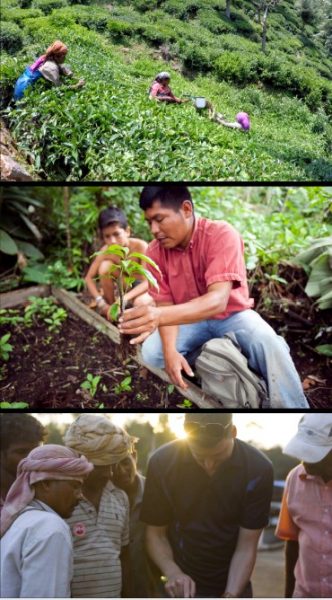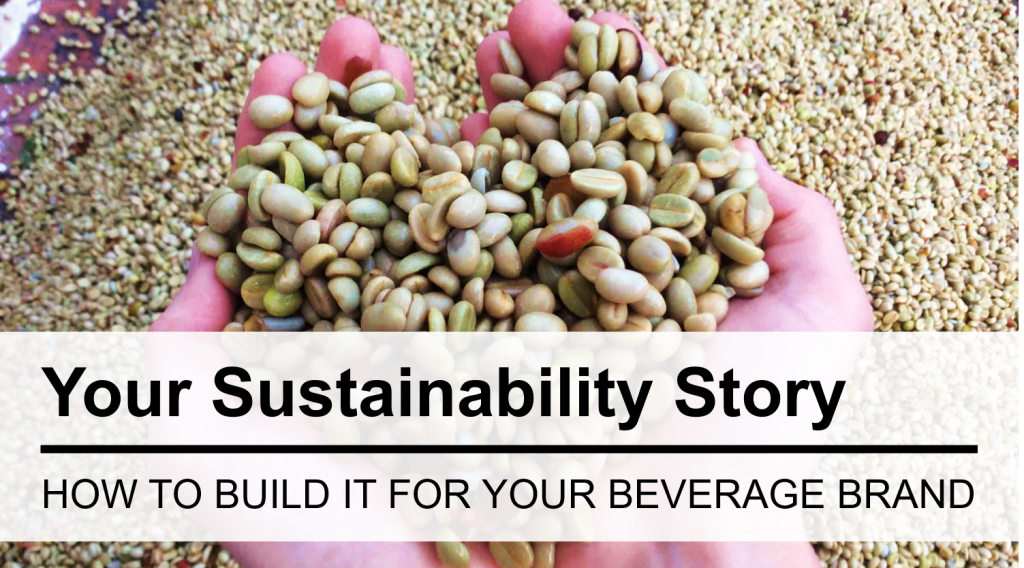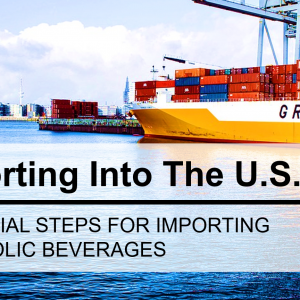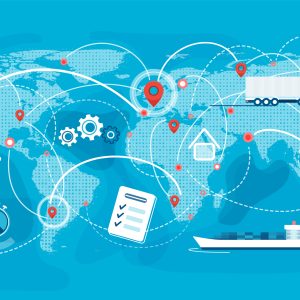Human beings are confusing. The reality is consumers can be caring and selfish at the same time. One look at our grocery cart can demonstrate this dichotomy. It’s a complicated landscape for product manufacturers who have so many human behaviors to consider. A consumer can simultaneously be a health-conscious, late-night-craving, keto-friendly, fast-food-loving, gluten-free, on-the-go, sugar-free, sweet tooth. Whew! How we treat sustainability has to fit in with all of these layers of complex existence and decisions.
Selfish and Sustainable
While we can be enamored by fun facts like, “Sales of sustainable products are up across the board… and we expect that U.S. sustainably-minded shoppers will spend up to $150 billion on sustainable consumer goods by 2021.” (Nielsen, 2019 – Who is the Sustainable Shopper?). We are quickly brought back to earth with, “Every year one-third of all food produced is wasted (equivalent to 1.3 billion tonnes) while 1 billion people remain undernourished, and another 1 billion go to bed hungry.” (United Nations, 2020 – Sustainable Development Goal #12). Conceivably, while we may feel great about purchasing our sustainable, organic, and preservative-free products, we might also be first to throw away a slightly wilting green or not trust anything past the “best by” date. Sustainable yet selfish. As I said, human beings are confusing.
But being selfish and caring for others or the environment can live harmoniously with the right approach. As expert analyst Brin Jimenez, with Google, once said, “Today’s consumers can be characterized as ‘curious, demanding, and impatient.” When a brand can trigger our curiosity and provide us easy ways to discover more and become better educated, it can be a powerful thing.
From Sustainability to Story
The number one trend for 2020, according to Innova Market Insights, is Storytelling. That’s certainly a response to the ‘curiosity’ characterization and brands recognizing a consumer interest in learning about the origin of their food. The second and third top trends of 2020 illustrate the ‘demand,’ where Plant-Based Foods and Sustainability, respectively, are trending. But what about the last characterization of being ‘impatient?’ It’s been said we have something like three to five seconds on the shelf to grab a consumer’s attention.
I call it a discovery element, and I am always amazed by the brands that do this well. The brands that can leverage their consumers’ curiosity to their advantage and find creative ways to draw them into the back story. It is a difficult thing to do. But if successful, it can pay great dividends and breed brand loyalty. When a brand allows the consumers to ‘discover’ key pieces for themselves, it plays to their selfish nature. Consumers who can quickly and easily learn more about their products tend to adopt that knowledge as their own and even become ambassadors for that brand, boasting about their findings with others.
Show and Tell
To create effective ambassadors, product manufacturers need to build a strong relationship with their ingredient suppliers that transcends to the farm level. The goal is a transparent story that can be absorbed and retold by anyone. The journey starts with sharing information that is easy to connect with, safe, responsible, fair, and engaging. While this seems simple, it is not necessarily easy.
Technology can play a crucial role in this type of communication. In the U.S., only 38% of consumers say they trust what companies say on labels about their food products. The skeptical consumer tends to say, “show me, don’t tell me,” and technology can prove useful in doing so.

Social media is a captivating tool for demonstrating sustainable stewardship because it helps make the world a smaller place. According to a Pew Research study, 63% of Facebook and Twitter consumers say they use these platforms to serve as sources for information outside the realm of friends and family.
Bring The Customer on Your Journey
To support the idea of information sharing, Applied Food Sciences has taken customers to where our raw materials are grown. Recently, we took the CEO of Kaged Muscle, Kris Gethin, to Southern India, where our organic coffee is sourced. Kaged Muscle uses our PurCaf® organic caffeine in several of its formulas. We introduced the KM team to the farmers, conducted interviews, and even assisted in the harvest. The whole experience was filmed by a professional to show their customers directly where their energy is sourced. The response on social media was outstanding, as millions of followers could go along on the journey.
I like to think that it is difficult to ignore the planet. But during a pandemic, with wildfires burning around us, and people fighting over Diet Dr. Pepper in the grocery store, our connection to our environment is more evident now than ever before. Consumers are increasingly aware of the impact we are having on the planet. At the current rate of soil degradation, it will take less than 50 years to no longer have enough suitable soil to grow the crops we need to feed ourselves.
From an ingredient supplier’s perspective, sustainability goes beyond regenerative agriculture and avoiding pollutants, plastics, and chemicals. While those are essential facets, sustainability also requires the more human elements of social responsibility and traceability.
In many places where we source raw materials, global living conditions are poor, and workers are easily taken advantage of. We recognize this problem and have created our Responsible Sourcing Initiative that includes sustainable growing, socially responsible sourcing, and full traceability. Connecting consumption habits with our environmental intentions is an ongoing initiative that will bring beverage brands and consumers together in ways we are only starting to imagine.


